Timeline of Events – 1944
World War II – Poland
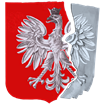
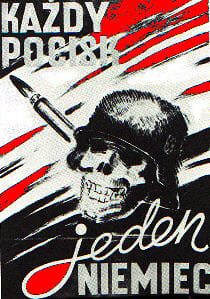
One Bullet One German!
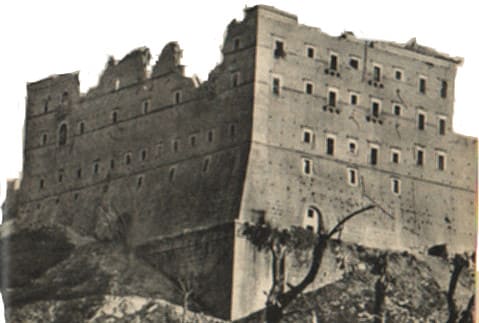
Monte Cassino, 1944
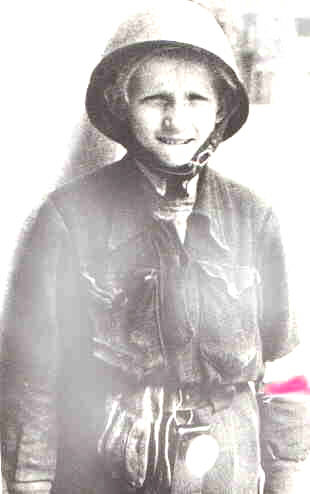
A fighter in the Warsaw Uprising
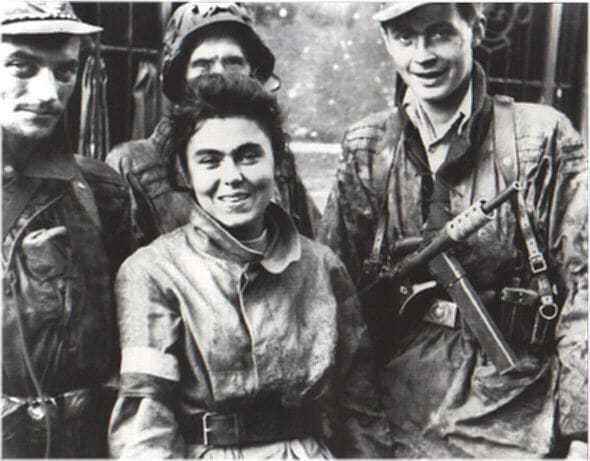
The Polish Home Army in Warsaw. Zoska was killed a few days later.
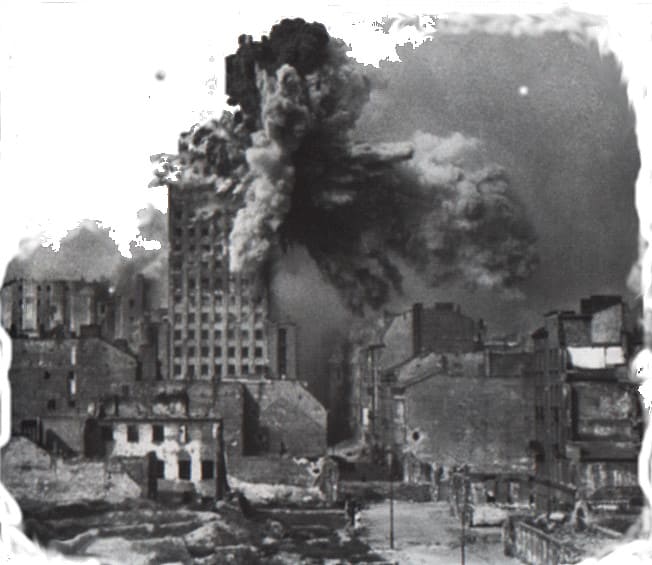
A building in Warsaw is blown up.
January – In Warsaw alone the Polish underground kills 10 Germans daily. In total about 150,000 Germans will be killed by the underground during the war. Prior to the Warsaw Uprising, the AK had lost 62,000 men.
January 1 – Himmler reports there are 25,000 Ukrainian soldiers in the Waffen-SS.
January 4 – Red Army crosses pre-war border between Poland and USSR in Wolyn.
January 24 – A Soviet Special Commission claims that the Nazis were guilty of Katyn.
January 29 – Lithuanian/Jewish partisans murder 300 villagers, mostly women and children, in Koniuchy, for resisting their raids.
February 1 – General Franz Kutschera, chief of German police for Warsaw, is assassinated by a dozen young members of the AK. In reprisal, the Germans shoot 100 prisoners on the spot where he was killed, and 200 near Pawiak prison.
February 5 – Soviets take city of Luck.
February 9 – At Lesno, 60 Polish women railway workers are executed by the Nazis as reprisal for an act of sabotage.
February 22 – NKVD troops surround hundreds of Chechen villages in USSR, and in 24-hours deport the population to Siberia. Some 530,000 Chechens perish, and survivors can only return in 1956.
February 28 – German forces with assistance from the SS-Galizien and UPA, attack Huta Pieniacka, claiming 500-800 victims.
March 12 – Ukrainian SS and Bandera supporters massacre 250 Poles in a Dominican monastery in Podkamien. A further 600 are killed in hamlets.
March 23 – Nazis and Ukrainians burn alive all the inhabitants of Huta Werchobuska for sheltering Jews.
April – 3,000 Jewish soldiers (from a total of 4,200) have deserted the Polish Army in the Middle East. Some join British units or enter terrorist groups like Irgun. Among them is Menachim Begin. About 838 Jews will remain in Polish uniform to fight the Nazis.
May – FDR is presented with evidence of Soviet guilt for Katyn, but says he’s “absolutely convinced” that the Nazis are guilty.
May 4 – In Owcarnia, 17 AK soldiers are murdered by the People’s Army (Communist-led Polish underground).
May 18 – Troops of General Anders’ 2nd Polish Corps attached to the British 8th Army, capture Monte Cassino and raise a Polish flag over the ruins.
June – In first six months of 1944, the AK killed 584 German gendarmes compared to 361 in all of 1943.
June 6 – D-Day invasion of Europe.
June 10 – More than 40 villagers are killed by Nazis in Pikule for sheltering Polish partisans, 3,000 of whom were escaping a German force of 30,000.
July 12 -In light of Soviet betrayals and attacks on AK, General Bor-Komorowski tells his troops: “We must cooperate with the Soviets only in the fight against the Germans.”
July 13 – 22 – Soviet Army encircles and destroys German and Ukrainian forces (including SS-Galizien division) at Brody.
July 17 – Soviets arrest 6,000 AK soldiers while 1,000 escape. From July to December, some 30,000 AK soldiers will be arrested east of the Wisla River.
July 20 – 29 – Joint AK/Red Army operations inflict 1,400 German deaths.
July 21 – The Polish Committee for National Liberation is set up by Stalin to establish control of Poland. Next day the Committee is declared the new provisional government of Poland.
July 24 – Majdanek concentration camp where 360,000 died, is liberated by Soviets. Later that year Soviets will imprison Polish underground members in the same camp.
July 25 – Experimental V-2 rocket which failed to explode, is salvaged by the Polish underground and flown to England on a special plane. It reveals details of German rocket attacks.
July 26 – In Warsaw, the presence of Soviet troops nearby, leads to a decision by the Polish underground to revolt against the Germans before the Red Army arrives.
July 27 – Several thousand AK soldiers are arrested by Soviets after laying down arms.
July 29 – Radio Moscow urges the inhabitants of Warsaw to revolt: “The hour of action has already arrived.”
August – October – NKVD interrogates and tries 2,500 AK members at Trzebuska. Some 600 are executed and buried in Turza Woods. Victims include Ukrainians, Byelorussians and Lithuanians.
August – Polish 1st Armoured Division, under General Stanislaw Maczek, lands on beaches of Normandy in France and is assigned to 2nd Canadian Corps.
August 1 – Warsaw Uprising erupts as 42,000 AK soldiers and civilians attack the Germans. Only 2,500 are properly armed while the Germans have 16,000 well-armed troops who will be strengthened.
August 2 – Polish insurgents seize two-thirds of Warsaw. For three days they await a German counter-attack confident they can hold it off and achieve liberation before the Red Army arrives.
August 3 – Stalin promises Poles that the Red Army will attack Germans if the Uprising lasts for 6 days. It will last 63 days but no help will come.
August 4 – Warsaw insurgents appeal for Allied help. Churchill sends first air drop from Italy, but Stalin refuses aid. Five of the thirteen British planes fail to return and half the 24 containers fall into German hands.
August 5 – Warsaw insurgents liberate 384 Jewish survivors from a work group, who join the Uprising.
August 8 – Polish tank crews, together with Canadians, launch Operation Totalize in Normandy, striking at SS armoured forces along the Caen-Falaise Road.
August 9 – First broadcast by Polish radio in five years.
August 12 – Churchill responds to desperate appeals from Warsaw by sending 28 bombers with supplies from Italy. Stalin refuses use of Soviet airfields nearby.
August 15 – Stalin refuses to let U.S. bombers land in Soviet section after dropping supplies on Warsaw.
August 18 – Last execution of Poles at Pawiak by Nazis.
August 19 – Polish 1st Armoured Divison links up with Americans, closing Falaise Gap and trapping Germans.
August 21 – More than 300 Poles are killed in last German effort to break out of Falaise Gap. During the Falaise battles, 50,000 Germans are taken prisoner and 10,000 killed.
August 26 – FDR rejects Churchill’s scheme to help Warsaw by using Soviet airfields without Stalin’s approval.
August 29 – British and Americans issue decree that the Polish Home Army (AK) is a “responsible belligerent force” when they learn that members are being arrested or killed by the Soviets.
September – Germans execute eight Polish nuns for refusing to surrender Jewish children in Warsaw.
September 1 – AK evacuates Warsaw’s Old Town. Some 4,000 men escape into sewers down which Germans pour poison gas.
September 2 – Germans murder more than 500 villagers in Majorat near Warsaw.
September 3 – AK engages German forces at Radoszyce who suffer 100 casualties.
September 18 – Warsaw receives greatest aerial drop as 107 American B-17’s deliver 1,284 containers of which nearly a thousand fall into German hands.
September 21 – Last drop for Warsaw. Of the 306 Allied aircraft that took part in all the drops, 41 were shot down and 200 airmen killed.
September 23 – 1st Polish Independent Parachute Brigade, under General Stanislaw Sosabowski, suffers heavy casualties in capture of the bridge over the Rhine at Arnhem.
October 2 – Warsaw Uprising is over as General Bor-Komorowski surrenders. About 22,000 insurgents were killed and a quarter of million Polish civilians
murdered. The Germans lost 26,000 men. Hitler orders Warsaw razed to the ground. Surviving civilians are sent to labour camps in Germany.
Christopher Jacek Gladun was born in 1951 and grew up in Canada to where his family emigrated from England as displaced persons. Sadly, Chris died in Toronto in March 2003. He held a diploma in Journalism from the Niagara College and a BA in Polish Language & Literature from the University of Toronto. Chris also acted as interviewer and researcher for the documentary film “Rescued From Death in Siberia”.
This content is now maintained by the Kresy-Siberia Group, which Chris was a charter member of and which is taking his website and his research work forward.